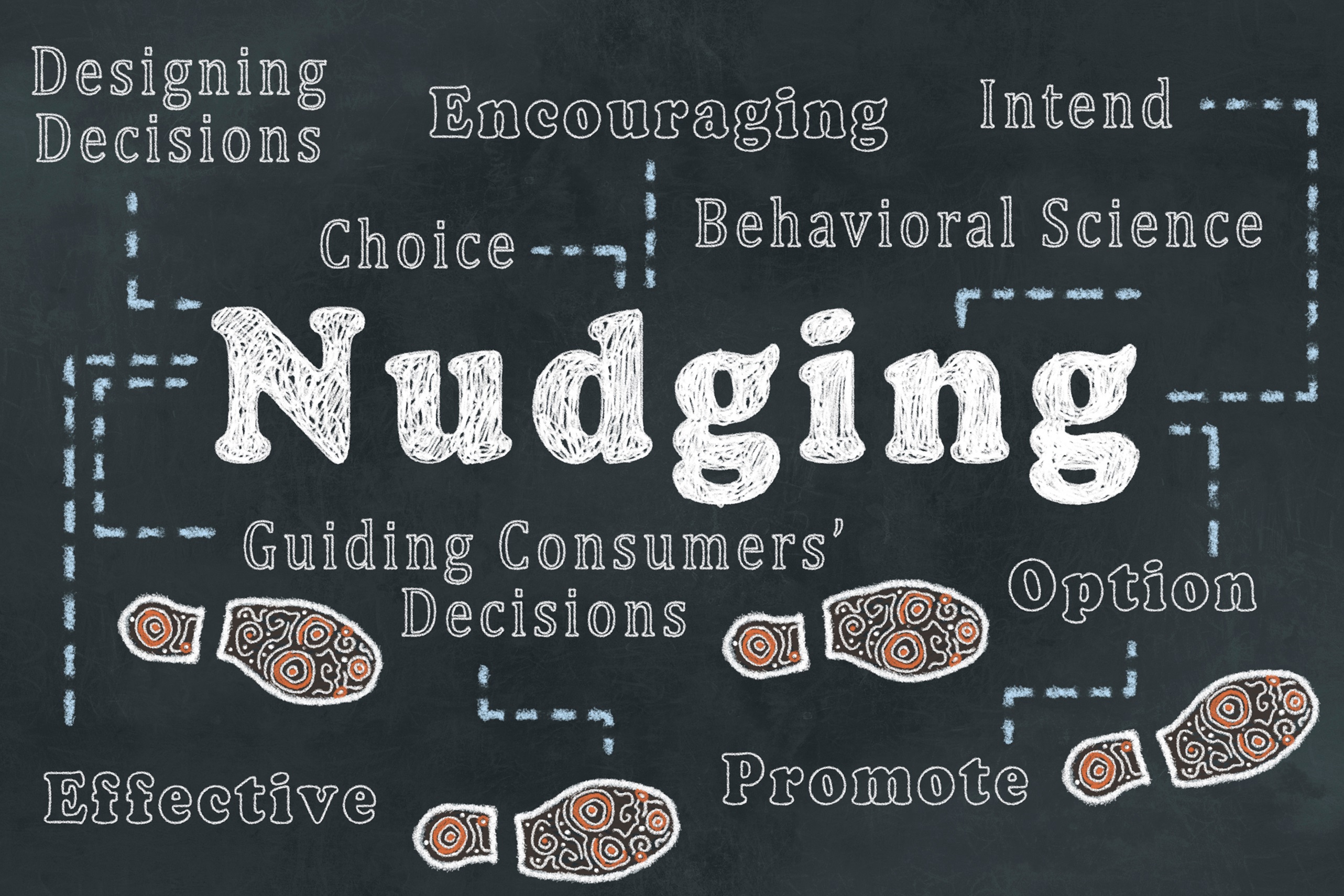As utilities brace for a resource-constrained future, smarter asset use and changes in consumer behaviour are going to be absolutely critical for maintaining affordable services and achieving a low-carbon future. For the energy sector this requires an increase in the uptake of low carbon heating and distributed energy technologies, which still face financial and practical barriers. For the water industry, it requires a significant increase in awareness of supply issues and a drastic reduction in water consumption.
In this blog we explore how energy and water companies can draw inspiration from the banking industry’s use of behavioural science to improve customer engagement and influence consumer behaviours.
Step forward the banking industry
In recent years, numerous studies have underscored the tangible business benefits for banks that foster strong relationships with their customers. A recent Gallup report, for example, found that engaged customers generate 37% more annual revenue compared to disengaged customers. That’s why, in response to increasing competition from fintech, and in order to strengthen customer relationships and boosts revenues, banks have gradually been improving their customer engagement.
Effective customer engagement in banking hinges on understanding human behaviour to encourage better financial habits. Banks that see positive results in their customers’ personal finances are those that develop digital banking products grounded in a deep understanding of human behaviour, keeping users motivated and driving behavioural changes. They understand that engagement goes beyond capturing attention; it involves motivating users emotionally and psychologically to improve their financial habits.
Harnessing the power of the nudge
For utilities, motivating consumers to make even small changes to their energy and water consumption can significantly impact demand-side flexibility and reduce water demand. But how can utilities encourage customers to make these changes? To date, energy companies have focused on promoting the adoption of more efficient products. However, recent Net Zero ambitions highlight the need for active engagement as well as behaviour change towards more sustainable consumption.
This is where the power of the ‘nudge’ comes into play. A ‘nudge’ is behavioural science based method of persuasion to induce new behaviours subtly, often below the target’s level of conscious awareness. Nudge theory leverages the fact that humans operate on autopilot almost all of the time, making decisions without conscious reflection influenced by their environment. You can read more about the nudge theory in our blog ‘How a nudge can help your customers save energy and water’
Small changes, Big impact
Our behavioural science based customer engagement solutions utilise the powerful principles of nudging. In the utility sector where small changes in customer behaviour can lead to significant consumption reductions, nudging customers towards sustainable habits by using behavioural science based customer engagement strategies are increasingly popular.
Many utilities, however, lack the in-house behavioural science expertise. What’s more, building a data-driven and behavioural science based customer engagement solution with all the nuances involved, requires a significant amount of resource and investment – from multiple teams and with high CAPEX costs.
That’s why our ‘plug and play’ solution is becoming the preferred customer engagement solution for water companies and energy suppliers. Not only is it an OPEX cost, but because we have already refined the science and the technology, we can implement your customer engagement solution within weeks once we have the necessary data.
Our APIs are designed to enable seamless integration of data and insights into your IT landscape – delivering unified channels of engagement. That means your IT team can integrate our API within days; your customers enjoy a seamless service and experience; and your call and field agents can tap into our data insights at the touch of a button – through integration with your CRM system. Learn more about it in our ‘Build versus Buy’ blog
Bridging the gap
How will you bridge the gap and encourage your customers to change their habits and consumption? Contact us today to learn how we can help you nudge them in the right direction.
